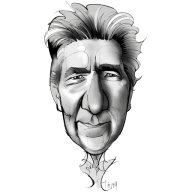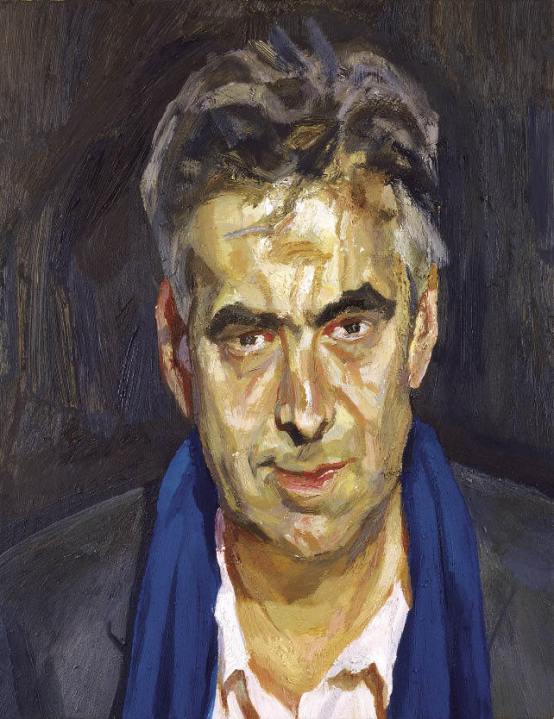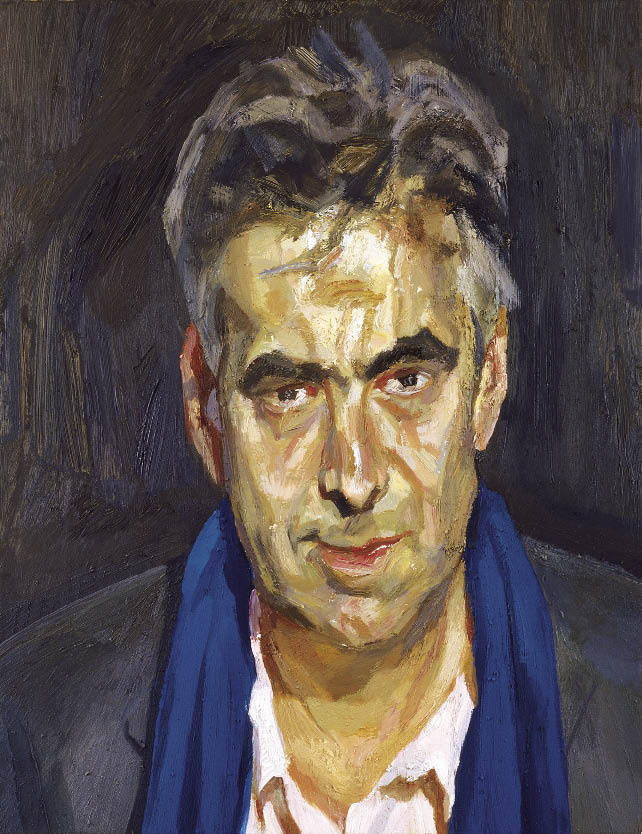I never thought I’d write these words.
I never thought I’d write these words. This book is unclassifiable. It belongs to a whole new genre. The field of literature has been extended! And I saw it happen.
Martin Gayford, who writes for The Spectator and whom I’ve never met, kept a diary during the seven months he spent sitting for the painter Lucian Freud in 2003/4. The book is a journal, an act of confession, a character study of Freud, a piecemeal survey of art history and an investigation into the practicalities of portraiture. It’s also a hostage drama. Gayford has no idea how many months or years the painting will take, and his abductor-cum-immortaliser asserts his right to abandon the project at any moment, without warning.
Freud comes across as an acute, opinionated, mischievous sweetie not unaffected by the self-indulgent dottiness that flowers in old age. In the postwar years, before he established his career, he slummed it in west London, where he encountered all kinds of superstars and murderers. He liked Ronnie Kray — ‘he said interesting things’ — but not Reggie. ‘He was just a thug.’ He recalls taking Francis Bacon to a smart lunch party where Noel Coward was accompanying a beautiful young soprano on the piano. Blind drunk, Bacon startled heckling, and everyone reacted with fury. ‘Because I was the one who had brought him,’ says Freud, ‘they turned on me, blaming me.’ The singer was Princess Margaret.
His memories of his celebrated grandfather are patchy but still perceptive:
He always seemed to be in a good mood. He had what many people who are really intelligent have, which is not being serious or solemn, as if they are so sure they know what they are talking about that they don’t have the need to be earnest about it.
He found Greta Garbo
very silly. You know how Scandinavians can be silly? We were driving across Westminster Bridge and she asked to stop because she wanted to walk barefoot in the rain. I felt we ought to get out too. And my best suit got wet.
He met Orwell but didn’t admire his work. Nineteen Eighty-Four he says is ‘unreadable’ but he concedes that Coming Up For Air is ‘a bit good.’
He enjoys Hardy but flavours his compliments with existentialist irony. ‘I even read his boring novels because they seem boring in the way real life is boring.’ He saves his harshest judgments for artists. ‘Someone should write a book about what a bad painter Leonardo da Vinci was.’ Raphael’s figures trouble him. ‘I sometimes can’t tell what way up they are supposed to be.’ Vermeer gets a gentler lashing. ‘In a funny way his people just aren’t there.’
Not even artists he likes are immune. Picasso’s blue period he says is ‘full of false feeling.’ And as a young man he watched Henry Moore mechanically adding final touches to an array of paintings spread around his studio. ‘They were bad. I’d hate the idea of turning out artwork like that.’
Freud takes infinite pains with his portraits and happily spends days selecting the right colour for the hair of an eyebrow. When Gayford began his sittings, a portrait of Andrew Parker Bowles was nearing completion. After ten months only the right foot remained unpainted, but this took a further 13 weeks. (When Parker Bowles complained that his tummy looked over-plump Freud plumped it out more.)
Freud works literally morning, noon and night. He never rests, even at Christmas. His day is subdivided into sessions with three different models which enables him to paint in the varying lighting conditions of the forenoon, afternoon and evening. Work is interrupted by small but luxurious meals taken in swanky London restaurants. In Gayford’s case these breaks gave both men further opportunities to study their subject.
It’s this creative symbiosis that completes the book’s charm and interest. The painter is conjured in words while the wordsmith is conjured in paint. Because of its numerous insights into art history and portraiture the diary stands a good chance of becoming a set work for students. It would be a rarity on a reading list — a book that’s not just read but relished. Having created his agreeable new monster Gayford should add to the family by sitting for more great British artists. Mind you, first he’ll have to find another who can paint.








Comments